Heel Pain, Doctor can you explain, please?
Title: Understanding Heel Pain: Common Causes and Simple Solutions
Heel pain is a common discomfort that many people experience at some point in their lives.
This discomfort can range from a mild annoyance to a severe, debilitating issue that affects your daily activities. In this guide, we will try to understand in simple language the causes of heel pain, helping you understand what might be behind your aching heels and offering some straightforward solutions.
1. Plantar Fasciitis
What is it?
Plantar fasciitis is one of the most common causes of heel pain. It occurs when the thick band of tissue called the plantar fascia that runs along the bottom of your foot becomes inflamed.
Why does it happen?
Often, it's due to overuse, like standing or walking on hard surfaces for extended periods, wearing shoes with poor arch support, or sudden weight gain. Sometimes, the arch of your foot can be too flat or too high, putting extra strain on the plantar fascia. As well as in many cases it may be caused due to Arthritis ( Generally an early Symptom )
Some other common diseases that cause planter fascitis are Diabetes, thyroid problem, Gout.

So what is the Solution?
Rest your feet, apply ice, and do stretching exercises.
Supportive shoes with good arch support or orthotic inserts can also help.
Remember to wear, soft-soled shoes or chappals inside and outside your house! it really helps.
(If you have to be in shoes all time you can buy heel support pads like these (https://amzn.to/3OYFEWG)
Your doctor will start you on anti-inflammatory medications and physical therapy, and in certain non-healing cases Injections to the area to decrease the pain and inflammation. Finally if its not cured then surgery ( rare)
2. Achilis Tendinitis
What is it?
The Achilles tendon connects your calf muscles to your heel bone. When this tendon becomes inflamed, it's called Achilles tendinitis.
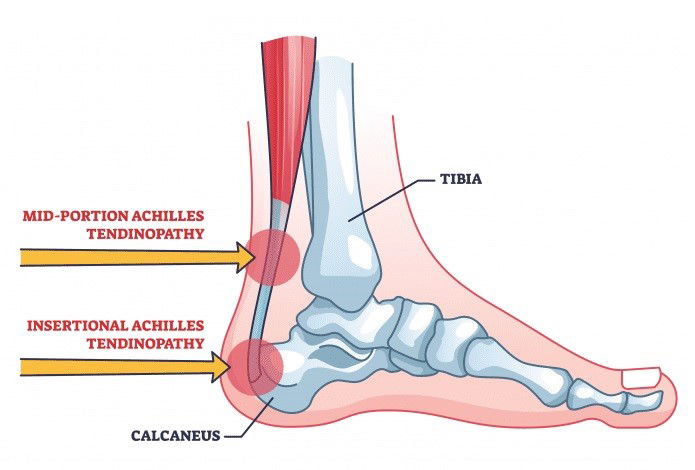
Why does it happen?
Overuse, sudden increase in activity, or wearing shoes that don't support your feet can cause this condition. It's also more common in people with tight calf muscles.
Some other common diseases that also cause it are Diabetes, thyroid disorders, Gout, and Arthritis
What is the Solution?
Rest is crucial to let the tendon heal. Gentle stretching exercises and physical therapy can help. Proper footwear and orthotic inserts can prevent it from coming back. In severe cases, a doctor may recommend a brace or go for simple Injections in the affected area and lastly Surgery (rare).
3. Heel Spurs
What are they?
Heel spurs are tiny, bony growths on the underside of the heel bone. They often occur alongside other heel problems, like plantar fasciitis.
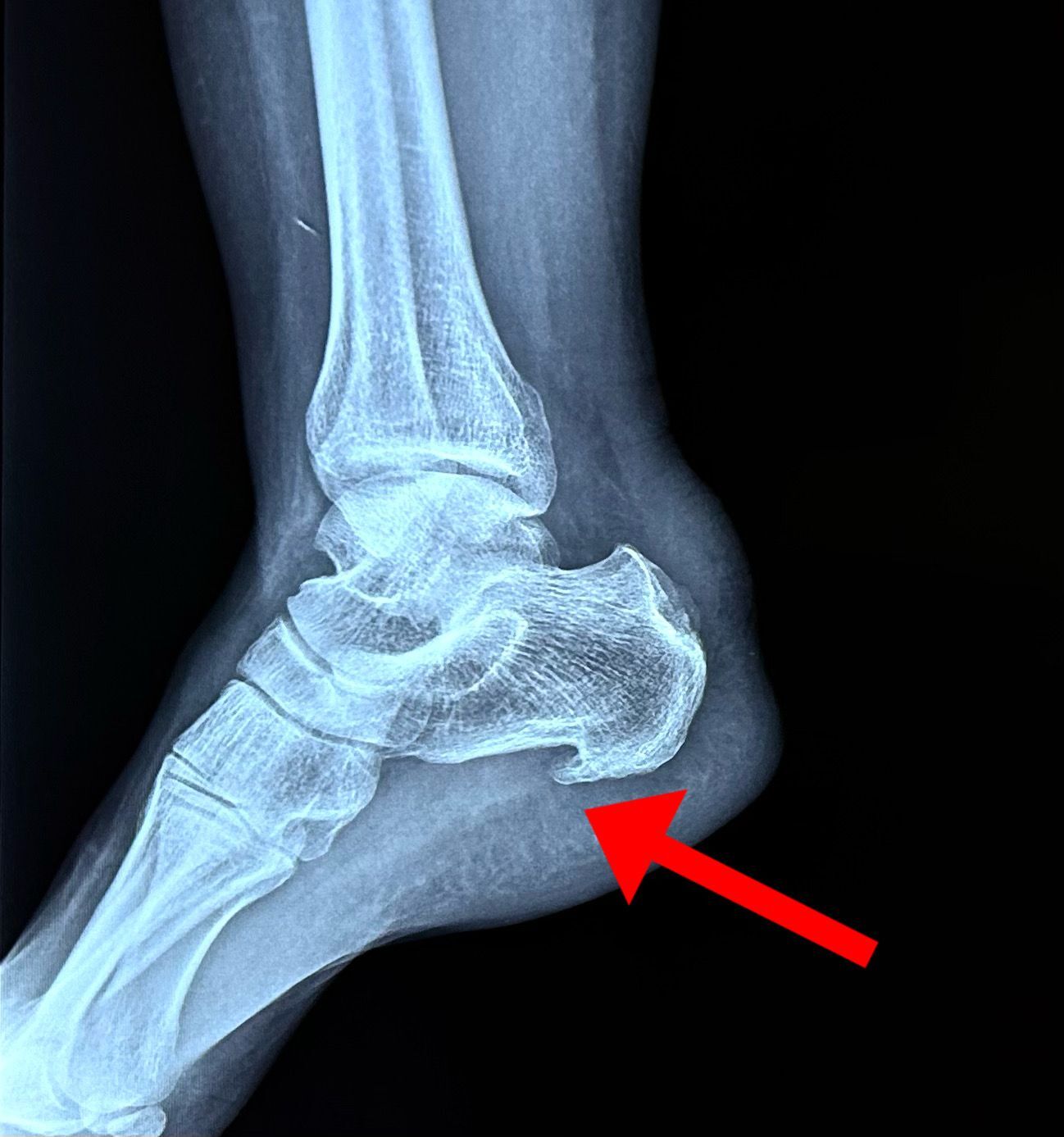
Why do they happen?
Prolonged strain on the muscles and ligaments of the foot can lead to the development of heel spurs. They're usually a result of long-term conditions like plantar fasciitis, diabetes, gout and arthritis too.
What is the Solution?
Heel spurs themselves may not always cause pain. Instead, the underlying condition (like plantar fasciitis) is what hurts. Treating the root cause is essential, and the pain may subside. Sometimes, a doctor might recommend a corticosteroid injection or surgery (Rare) to remove the spur.
4. Heel Bursitis
What is it?
Bursitis is the inflammation of the bursa sac, a small fluid-filled sac near the heel. When it's the heel bursa that's inflamed, it's called heel bursitis.
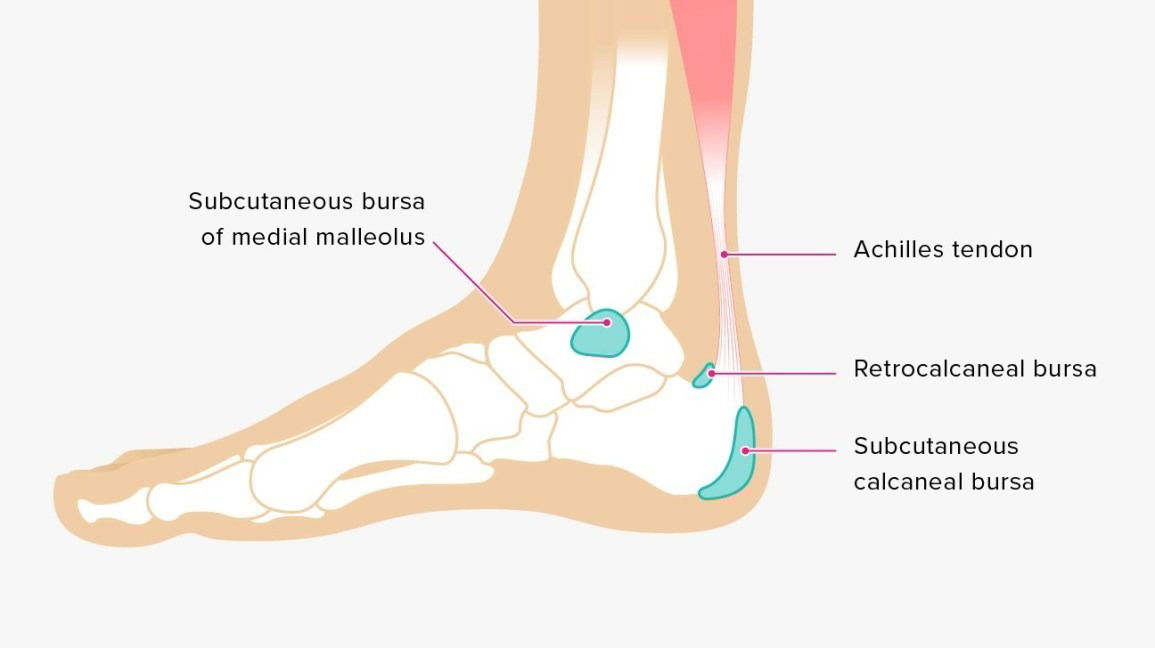
Why does it happen?
It's often the result of repetitive pressure or friction on the bursa. Activities that involve a lot of jumping, running, or wearing tight shoes can lead to heel bursitis. As well as chronic conditions like plantar fasciitis, diabetes, gout and arthritis too.
What is the Solution?
Rest your feet and use ice to reduce inflammation. anti Inflammatory medicines and Cushioned heel cups or custom orthotics can provide relief. In some cases, a doctor might recommend a corticosteroid injection to reduce inflammation.
5. Tarsal Tunnel Syndrome
What is it?
Tarsal tunnel syndrome is similar to carpal tunnel syndrome but occurs in the ankle and foot. It's caused by compression of the tibial nerve in the tarsal tunnel, a narrow space on the inside of the ankle.

Why does it happen?
Several factors can contribute to tarsal tunnel syndrome, including injury, flat feet, or systemic conditions like diabetes, and gout.
What is the Solution?
Rest, ice, and anti-inflammatory medications can help relieve symptoms. Your doctor also may add nerve-related medicines. If it persists, physical therapy or custom orthotics may be recommended. Severe cases might require injection to the area or surgery to release pressure on the nerve.
6. Stress Fractures
What are they?
Stress fractures are tiny cracks in the bones. In the heel, they usually occur in the heel bone or the bones of the midfoot.
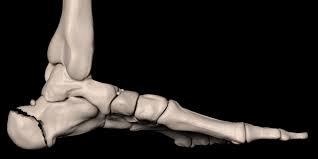
Why do they happen?
Repetitive impact from activities like running or jumping can cause these small fractures. Improper footwear, overuse, and poor training techniques contribute as well.
What is the Solution?
Rest is crucial to allow the bone to heal. In some cases, a brace or cast may be necessary. Addressing the underlying causes like footwear and training techniques is essential to prevent future stress fractures.
7. Sever's Disease (Calcaneal Apophysitis)
What is it?
Sever's disease is a condition that affects growing children and adolescents. It involves inflammation of the growth plate in the heel.

Why does it happen?
During periods of rapid growth, the Achilles tendon can put extra tension on the heel's growth plate. This condition typically occurs in active children.
What is the Solution?
Rest, ice, and heel inserts with cushioning can help alleviate pain. It's essential to manage activities to avoid exacerbating the condition. Sever's disease usually resolves when growth is complete.
8. Haglund's Deformity (Pump Bump)
What is it?
Haglund's deformity is a bony bump that forms on the back of the heel, often where the Achilles tendon attaches.
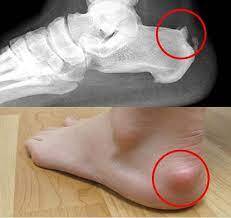
Why does it happen?
Wearing shoes that rub against the back of the heel is a common cause. High-arched feet and a tight Achilles tendon can also contribute.
What is the Solution?
Switching to shoes with open backs or cushioned heel counters can help. In severe cases, surgery might be necessary to remove the bony bump.
9. Stone Bruise
What is it?
A stone bruise is a deep bruise on the heel's fat pad.
Why does it happen?
It usually results from stepping on a hard object or landing forcefully on your feet.
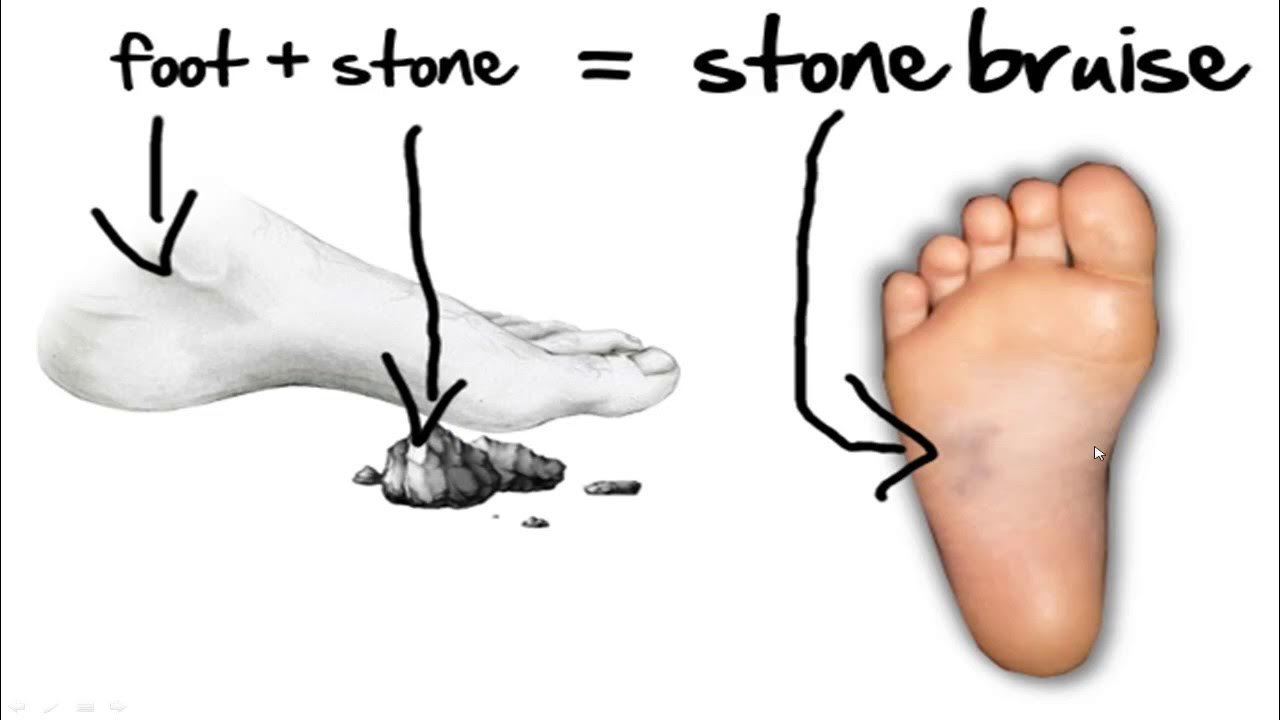
What is the Solution?
Rest, ice, and over-the-counter pain relievers can help. Properly cushioned shoes can prevent future stone bruises.
10. Retrocalcaneal Bursitis
What is it?
Retrocalcaneal bursitis is the inflammation of the bursa located between the Achilles tendon and your heel bone.
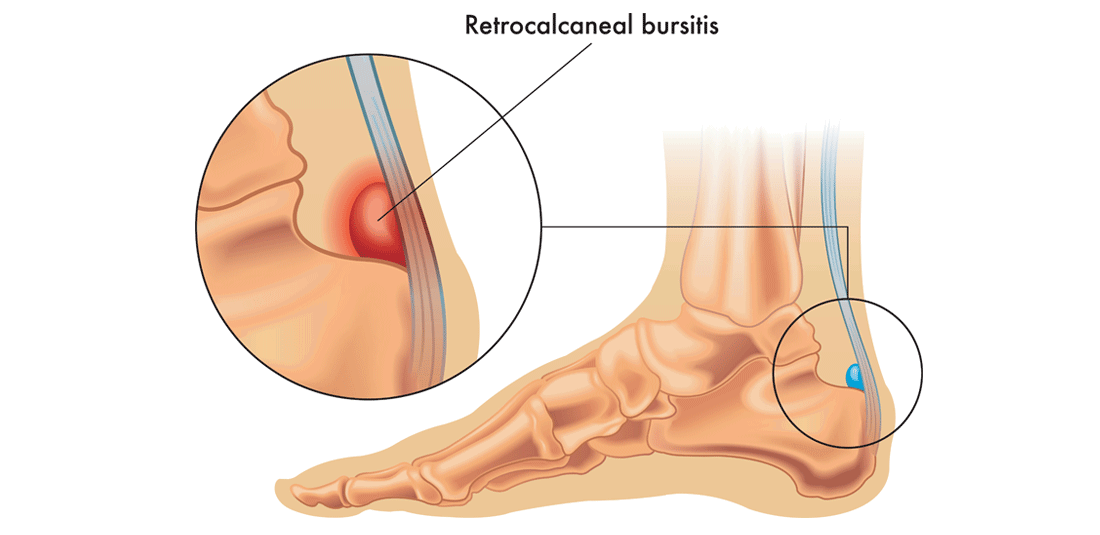
Why does it happen?
Repetitive irritation, such as wearing tight shoes or overusing the Achilles tendon, can lead to this condition.
Some other common diseases that also cause it are Diabetes, thyroid disorders, Gout, and Arthritis
What is the Solution?
Rest, ice, and anti-inflammatory medications can provide relief. Heel lifts or orthotics can help reduce friction. In severe cases, a doctor may recommend a corticosteroid injection.
The Last few Lines:
As you see, there are a lot of causes for heel pain ( a few have been left out to decrease the size of the article!!) and hence finding out the exact cause is really helpful in treating the Pain.
In most cases, rest, proper footwear, and some self-care measures like ice and stretching can help alleviate heel pain. However, it's essential to consult a healthcare professional if your heel pain persists or worsens, as they can provide personalized guidance and treatments to get you back on your feet pain-free.
Remember, taking care of your feet today can lead to a healthier, happier tomorrow.